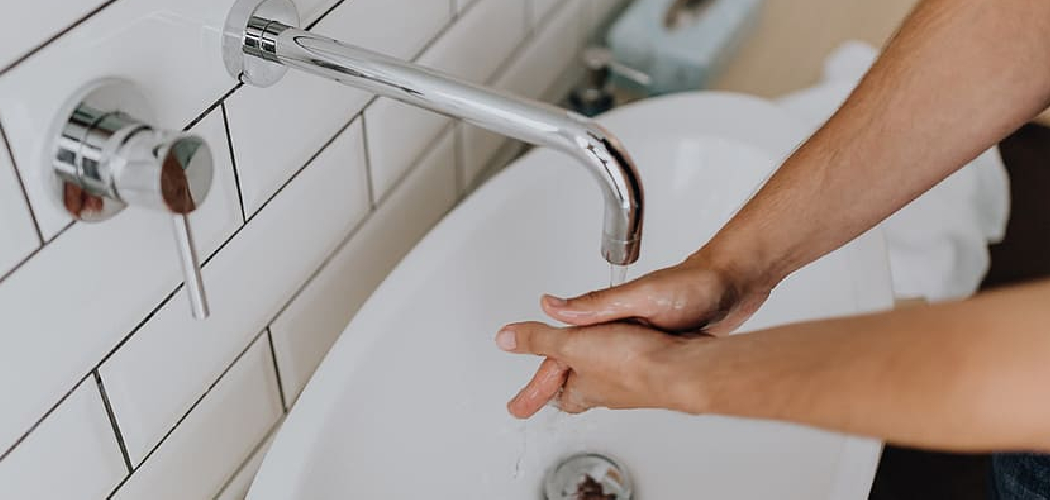A frost-free faucet is essential for protecting outdoor water systems during the winter months. Unlike traditional outdoor faucets, which are highly susceptible to freezing when temperatures drop, frost-free faucets are designed to prevent frozen pipes and costly water damage.
They achieve this by extending the valve’s shut-off point inside the home’s insulated interior, away from the freezing exterior temperatures.
This design ensures continued water flow for homeowners and reduces the risk of pipe bursts caused by expanding ice. Regular outdoor faucets are prone to freezing when water left in the pipes is exposed to cold weather, potentially leading to significant structural damage and expensive repairs.
Understanding how does frost free faucet work allows homeowners to take proactive measures in maintaining their plumbing systems. These faucets are crucial in cold regions, providing a practical, long-term solution for winter-proofing outdoor water fixtures.
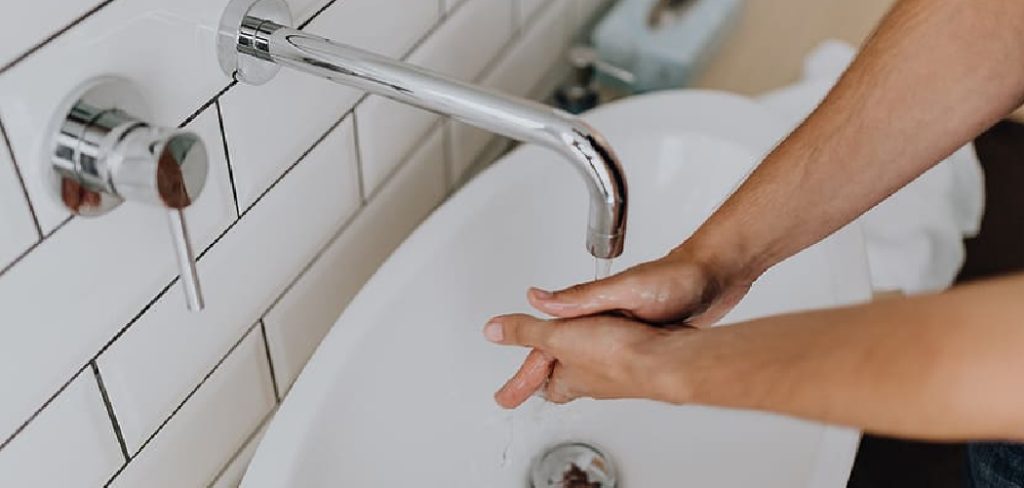
How Does Frost Free Faucet Work? Understanding the Frost-Free Faucet Design
Frost-free faucets are specially engineered to function effectively in freezing weather conditions, minimizing the risks of pipe damage and water system failures during winter. Their design includes several key features that set them apart from traditional faucets.
Key Features of Frost-Free Faucets:
One of the defining components of frost-free faucets is their extended stem and valve assembly. This unique feature prevents water from freezing inside the faucet by ensuring that the valve controlling water flow is located several inches inside the home or structure, away from the cold exterior.
By situating the valve within a warmer, insulated section of the house, frost-free faucets avoid the complications caused by freezing temperatures.
How the Extended Stem Works:
When the faucet is turned off, the water flow is shut off behind the insulated wall or in the basement rather than at the exposed outdoor spout.
This prevents any residual water in the stem from being exposed to freezing temperatures, further protecting the faucet and pipes. Since the water stops inside the heated portion of the home, the possibility of ice formation is effectively eliminated.
Frost-Free vs. Traditional Faucets:
Unlike traditional faucets, whose valves are located near the outdoor spout and are highly vulnerable to freezing, frost-free faucets include a longer stem and internal shut-off mechanism.
This design reduces the likelihood of frozen pipes and expensive repairs, offering a safer, more reliable option for homeowners in cold climates. Frost-free faucets are a modern solution for maintaining plumbing functionality during harsh winters.
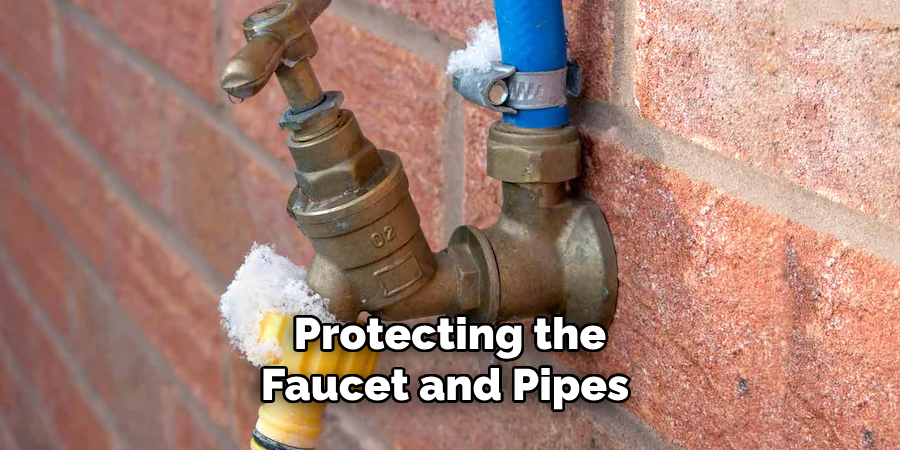
How the Valve Mechanism Prevents Freezing
The Role of the Internal Valve
The internal valve in a frost-free faucet is strategically positioned within the faucet body, extending inside the building structure where it remains protected from the cold. This placement ensures the valve operates in a temperature-controlled environment, safeguarding it from freezing even during extreme winter weather.
By situating this critical component within the insulated portion of the home, the design capitalizes on indoor warmth to maintain the faucet’s functionality all year round.
Shut-Off Behind the Wall
When the faucet is turned off, the water flow is effectively stopped behind the wall, well inside the heated environment of the building. This means that the water supply is securely shut off before reaching the outdoor spout, which is constantly exposed to freezing temperatures. By halting water at this insulated point, frost-free faucets eliminate water in exposed areas, preventing it from freezing within the system.
Elimination of Standing Water
A key benefit of the frost-free design is eliminating standing water in the faucet. Traditional faucets often retain residual water, which can freeze and lead to burst pipes or damage. Frost-free faucets are engineered to drain any remaining water out of the exposed portion of the faucet once it is turned off, leaving the system empty and protecting it from the risk of ice formation. This design ensures both durability and reliability during frigid conditions.
Installation of a Frost-Free Faucet
Installing a frost-free faucet is a relatively straightforward process that can significantly improve a home’s outdoor plumbing system, particularly in colder climates.
Before starting, it is crucial to gather the necessary tools, such as a pipe cutter, adjustable wrench, Teflon tape, and sealing materials, and ensure that you have purchased the correct length of frost-free faucet to accommodate your wall thickness.
Begin by turning off the water supply to the outdoor faucet and draining any remaining water to prevent leaks. If replacing an existing faucet, use a pipe cutter or wrench to remove the old unit carefully, not damaging surrounding plumbing or exterior surfaces. Once removed, clean the area to ensure a proper seal for the new faucet.
Next, prepare the frost-free faucet for installation by wrapping Teflon tape around the threaded connection to prevent leaks. Carefully insert the faucet through the wall and connect it to the water supply line inside the building.
Secure the connection firmly with a wrench, ensuring there are no gaps or loose fittings. On the exterior, apply a quality sealant around the base of the faucet to prevent drafts and moisture from entering the wall cavity.
Finally, turn the water supply back on and test the faucet for proper flow and drainage. Verify that no water remains in the exposed portion when the faucet is shut off. With the frost-free faucet installed correctly, your system will now be better equipped to endure freezing temperatures without risk of damage.

How to Operate a Frost-Free Faucet
Normal Operation
Using a frost-free faucet is straightforward. To turn on the faucet, rotate the handle, which allows water to flow through the extended stem and then out through the spout. This design ensures the valve remains inside the warm interior of the house, where it prevents freezing.
Shutting Off the Faucet
When finished, turn the handle to shut off the faucet. The valve inside the home closes off the water supply behind the wall, forcing the remaining water in the stem and spout to drain out. This mechanism is essential for preventing water from sitting in the faucet where it could freeze.
Winter Use
The frost-free faucet is specially designed to perform even in freezing temperatures, allowing you to use water outside during the colder months without concern for damage. The extended stem combined with the internal shutoff valve makes this possible.
Best Practices for Winter Use
To ensure optimal winter performance, following a few best practices is essential. After each use, fully open the faucet to allow any residual water to drain out completely. This reduces the chance of freezing and ensures the faucet remains functional and protected throughout winter.
Benefits of Using a Frost-Free Faucet
Protection Against Freezing
One of the primary advantages of a frost-free faucet is its ability to protect pipes from freezing during the cold winter months. By keeping the shutoff valve inside the home’s warm interior, frost-free faucets prevent water from sitting in the exposed parts of the faucet, which greatly reduces the risk of freezing and pipe bursts.
This added layer of protection can save homeowners from costly water damage and emergency repairs.
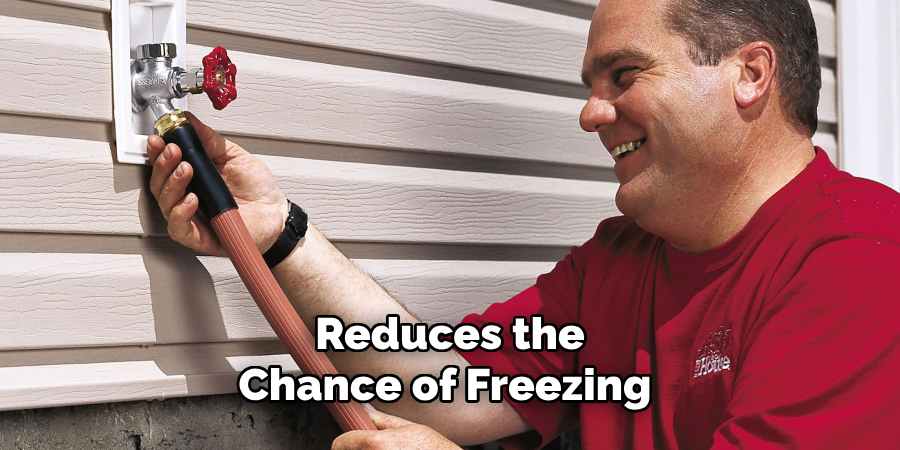
Reduced Maintenance
Unlike traditional outdoor faucets, frost-free faucets eliminate the need for extensive seasonal maintenance. Homeowners no longer have to worry about draining outdoor faucets each fall or attaching additional insulation. With proper use and simple precautions, a frost-free faucet ensures consistent performance with minimal effort.
Long-Term Durability
Frost-free faucets are built to last longer than conventional outdoor taps. By keeping the most vulnerable components away from harsh winter conditions, they experience less wear and tear over time. This durability means fewer repairs and replacements, providing a reliable, long-term solution for outdoor water access.
Energy Efficiency and Cost Savings
Using a frost-free faucet contributes to energy efficiency and can lead to significant cost savings. Preventing pipe bursts minimizes the expense of repairs, water damage restoration, and potential heating interruptions caused by frozen or damaged systems. Over time, these savings make frost-free faucets a highly economical choice for homeowners looking to protect their property and resources during winter.
Common Issues and Troubleshooting
Even with their reliable design, frost-free faucets can occasionally encounter problems. Here are some common issues and how to address them:
Leaks Around the Faucet Base
Leaks at the base of the faucet are often caused by improper installation or worn-out seals. To resolve this, first, check if the faucet was tightened correctly during installation.
If not, use a wrench to gently tighten the connections. If the issue persists, inspect the rubber seals or washers inside the faucet and replace them if they appear cracked or worn.
Frozen Faucet Despite Being Frost-Free
A frost-free faucet can freeze if improperly installed or if extreme weather conditions occur. Ensure the pipe slopes downward away from your home, as an upward slope can trap water inside, leading to freezing. Severe cold snaps may overwhelm even frost-free designs, so an insulated cover or heat tape can provide added protection during extreme weather.
Water Flow Issues
Low or no water flow can result from blockages or debris within the valve. Shut off the water supply and disassemble the faucet to inspect the valve and surrounding components. Clean out any dirt or debris and reassemble the faucet carefully.
Repairing or Replacing the Faucet
Minor leaks can often be repaired by tightening loose parts or replacing damaged washers or seals. However, if the faucet is severely damaged or continues to malfunction after repairs, it may be time to replace the entire unit. Consult a professional plumber if unsure about the necessary steps for repair or replacement.
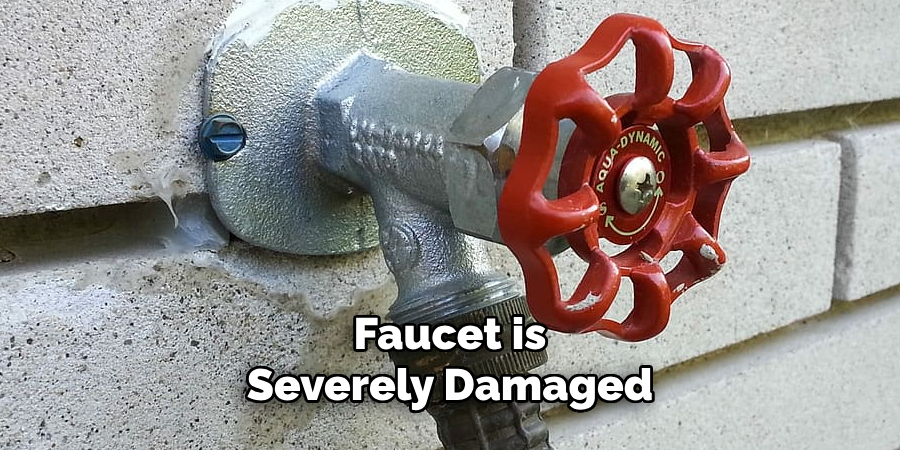
Conclusion
Frost-free faucets are a reliable solution for outdoor faucets in cold climates, effectively preventing freezing and pipe damage. By incorporating a design that positions the valve further inside your home, they minimize exposure to cold temperatures.
This ensures water drains away properly after use, reducing the risk of freezing. Understanding “how does frost free faucet work” highlights their ability to protect against costly water damage and eliminate the need for frequent seasonal maintenance.
Homeowners in colder regions should consider this long-term investment for convenience and peace of mind. Always consult a professional plumber for proper installation or troubleshooting.

